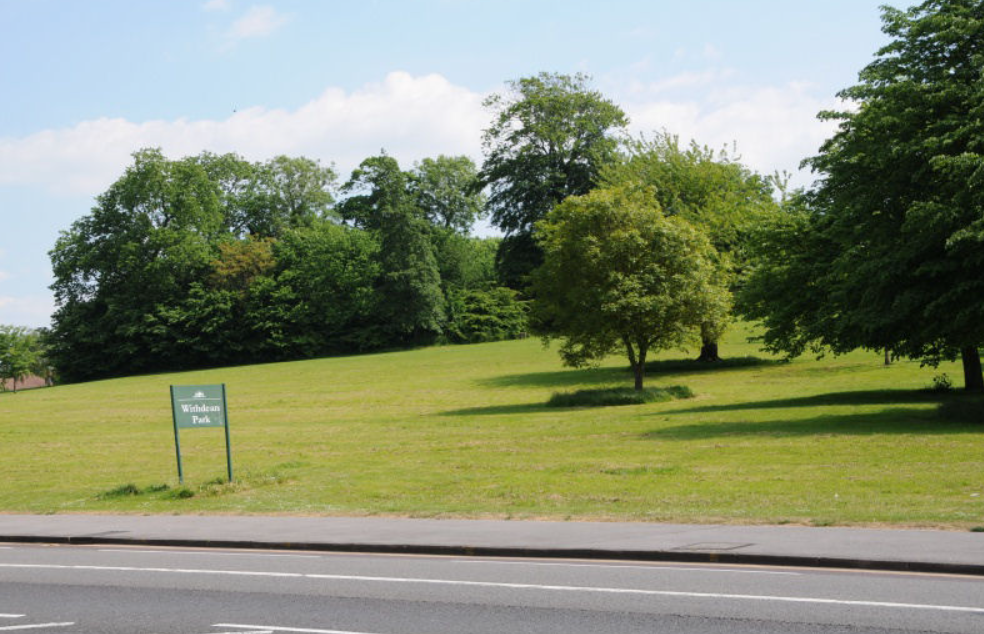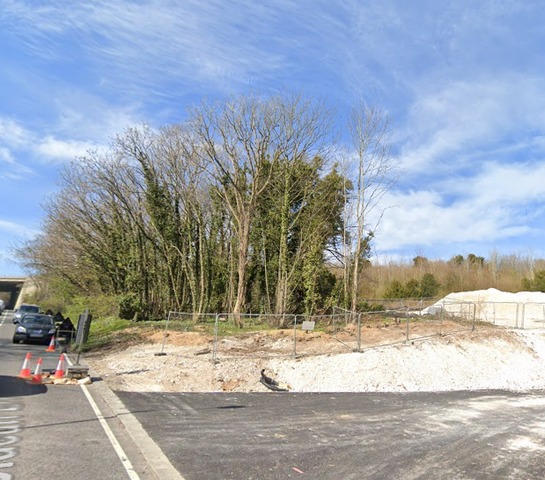The council is to fell more than 100 trees in a Brighton park after they became infected with ash dieback.
Today (Tuesday 5 April) Brighton and Hove City Council said: “Urgent conservation work is needed in Withdean Park to remove dead or diseased ash trees to limit the spread of ash dieback.
“Sadly, we estimate that we’ll need to take down between 100 and 200 trees in the area. Work started yesterday (Monday 4 April) and we expect it to take about two weeks.
“The trees have been inspected and need to be removed due to their fragile and dangerous condition.
“We will be carrying out daily surveys while the tree work takes place to make sure any disturbance to wildlife in the area is kept a minimum.
“We try to avoid tree removals during the nesting season so that we do not disturb wildlife.
“Where we do carry out removals in the nesting season, we work closely with an ecologist to ensure that the risk to wildlife and birds is minimised.
“If there is a need to relocate any nests, this is only carried out as a last resort and with specialist advice.
“We’ll need to close some footways and entrances in the park while the work takes place. Signage will be in place to explain why the work is taking place.
“Please accept our apologies for any disruption this may cause.”
The council, which recently removed diseased trees in Coldean, near where blocks of flats are being built, added: “The disease is not only affecting ash trees in Brighton and Hove. It’s also killing the species throughout the country, with the worst affected areas being here in the south east of England.
“Although many of the trees being removed may look healthy, they are infected with the fungal infection ash dieback.
“Unfortunately, ash dieback is impossible to contain and we have already been forced to take action as it spreads throughout the city.
“We have to remove the diseased trees to contain the spread of infection and ensure the people are safe to enjoy the city’s woodlands.

“The symptoms first become visible during early June when the leaves are first emerging. These show themselves as wilting, and dark discoloration on the leaves with elongated lesions developing on the smaller branches.
“Eventually the whole crown will become infected with a characteristic ‘crown dieback’ developing over the next few years.
“The disease spreads via spores caught in the wind from tiny mushrooms born from the main leaf stalk and has the ability to spread over a 10-mile radius within one year.
“Over longer distances the risk of disease spread is most likely to be through the movement of diseased ash plants and foliage.
“Although there are relatively few ash trees within more urban areas, around 20 per cent of all woodland trees in the city are ash trees.
“With an estimated 75 to 80 per cent of ash trees throughout the country expected to die within the next five to 10 years, our woodlands will look very different as a result of ash dieback infection.”
The council also said: “We have been granted a special ‘felling license’ from the government’s Forestry Commission, which includes plans for the restocking, regeneration or improvements to each site.

“Although the extent of tree removal is worrying, our tree experts are using this as an opportunity to develop areas with a wider range of species and habitat diversity to cope with diseases.
“They also believe it presents a positive opportunity for communities to support and influence the regeneration of the woodlands that have been affected by ash dieback.
“Projects such as the Carden Hill habitat improvement programme involve careful planning to help increase the species of trees within the city.
“Schemes such as these, rely on the support of a fantastic team of volunteers who dedicate a lot of time in helping us to regenerate and restore our woodlands and trees within the city.
“We’re working with specialists in many areas to ensure everything is taken into consideration before works are carried out.
“This includes working closely on site with expert ecologists to minimise any potential disturbance to protected species like nesting birds and bats.
“It also includes deciding when conservation work should be carried out, the possible disruption to local communities, access issues and public and private travel concerns.
“However, the safety of the public is our main concern and is and must be at the forefront of deciding when works begin.”








That photo from Coldean lane is a bit of a lie. It would be better to show the woods at the bottom of the lane. Still a painfully dramatic loss of trees, but no need to get confused with unrelated building construction in an open field.
More flats comming to withdean then. I would wager that there are not even 100 Ash trees in that park.